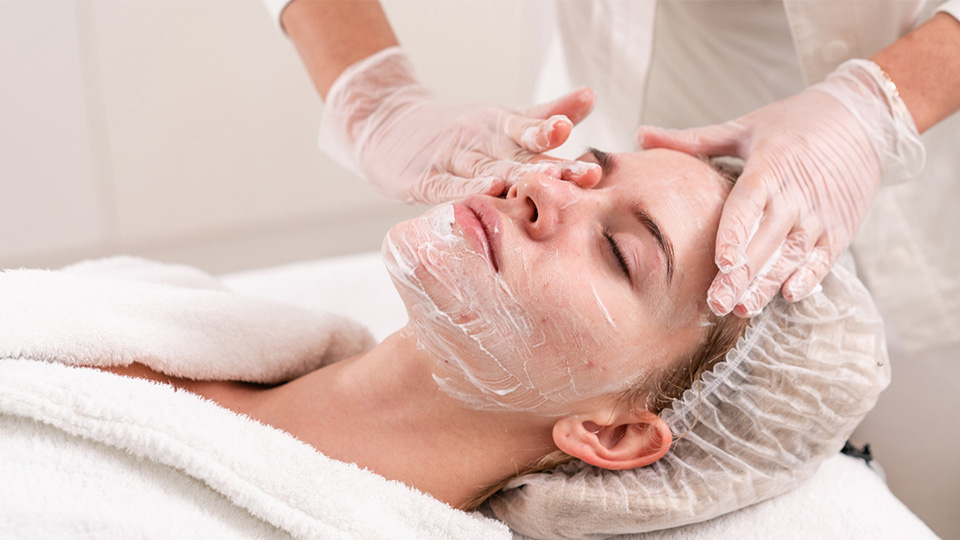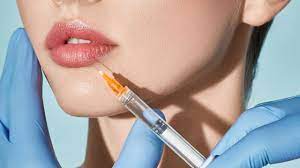Aftercare Essentials for Breast Augmentation: Recovery Tips for Patients
Breast augmentation is one of the most popular cosmetic procedures worldwide, offering patients an opportunity to enhance their appearance and boost their self-confidence. However, as with any surgical procedure, the recovery process plays a vital role in achieving optimal results and minimizing risks. Proper aftercare is essential to ensure that healing progresses smoothly, and understanding what to expect post-surgery can ease concerns and help manage expectations. Here’s a comprehensive guide to the essentials of Breast Augmentaion OMAN aftercare and recovery tips for patients.
Understanding the Immediate Post-Surgery Period
Immediately after surgery, patients will likely feel groggy as they come out of anesthesia and may experience some soreness and swelling around the chest area. In most cases, patients can return home on the same day, but they should arrange for someone to drive them and stay with them for the first 24-48 hours. Rest is crucial during this initial period, as the body is working to heal from the surgery.
Key Points:
- Arrange transportation and have a support person to assist with daily tasks.
- Follow specific post-operative instructions from your surgeon closely.
- Keep the upper body elevated when resting to minimize swelling and discomfort.
Managing Pain and Discomfort
Pain and discomfort after breast augmentation are normal, especially in the first few days post-surgery. The pain should gradually decrease, but it’s essential to manage it properly to avoid unnecessary strain on the body. Most surgeons will prescribe pain medication to alleviate discomfort during the early recovery phase. Ice packs may also be recommended to reduce swelling and ease pain, but they should be used only as directed by your surgeon to avoid any risk of skin damage.
Tips for Managing Pain:
- Take prescribed pain medications as directed.
- Use ice packs intermittently to reduce swelling, but avoid placing ice directly on the skin.
- Refrain from using over-the-counter anti-inflammatory medications unless approved, as these can increase bleeding risk.
Wearing the Right Post-Surgical Garments
After breast augmentation, wearing appropriate support is essential to promote healing and maintain the position of the implants. Most surgeons recommend a post-surgical bra or compression garment, which can help reduce swelling and provide necessary support. These garments are specifically designed to minimize movement and provide stability, both of which are vital for a successful recovery.
Choosing and Wearing Post-Surgical Garments:
- Follow your surgeon’s instructions on wearing a post-surgical bra for optimal support.
- Avoid underwire bras during the initial recovery phase, as they can irritate incisions.
- Ensure the garment fits comfortably but snugly; it should support without compressing excessively.
Caring for Incisions to Minimize Scarring
Incision care is crucial to prevent infection and minimize scarring. Most surgeons use dissolvable sutures, so external stitches typically don’t need to be removed. However, patients should still be diligent about keeping the area clean and dry. Many surgeons recommend applying specialized scar creams or ointments once the incisions have healed to reduce the appearance of scars over time. In addition, direct sunlight exposure to the scars should be avoided, as UV rays can darken scars and make them more visible.
Best Practices for Incision Care:
- Keep incisions clean and dry, especially in the first few days post-surgery.
- Follow your surgeon’s advice on applying any prescribed ointments or creams.
- Avoid heavy lifting or stretching movements that could strain the incision sites.
Gradually Resuming Physical Activities
While it’s tempting to resume regular activities once you start feeling better, taking a gradual approach to physical activity is essential. Light walking is usually encouraged within a few days to promote circulation and reduce the risk of blood clots. However, any strenuous activities, especially those involving the chest, shoulders, or arms, should be avoided for at least four to six weeks. Returning to normal workouts too soon can compromise healing and shift implants, so patience is key.
Guidelines for Physical Activity:
- Start with light walking to keep circulation active without putting strain on the chest.
- Avoid activities that involve lifting, pushing, or pulling until cleared by your surgeon.
- Ease back into exercise over several weeks, following your surgeon’s recommendations.
Watching for Signs of Complications
While most breast augmentation recoveries are smooth, patients should stay vigilant for signs of complications. Symptoms such as severe pain, excessive swelling, redness, fever, or unusual discharge could indicate infection or other issues that require medical attention. If any concerning symptoms arise, it’s essential to contact your surgeon promptly for advice.
Signs to Watch For:
- Persistent or worsening pain and swelling beyond the typical recovery period.
- Redness or warmth around the incision area.
- High fever or any discharge from the incision sites.
Prioritizing Proper Nutrition and Hydration
Proper nutrition and hydration play a significant role in supporting the body’s natural healing process. Eating nutrient-rich foods provides the body with the vitamins and minerals needed to repair tissue, boost energy levels, and reduce inflammation. A diet high in lean proteins, fruits, and vegetables will aid recovery, while adequate water intake helps flush out toxins, reduce swelling, and maintain skin elasticity.
Tips for Nutritional Support:
- Incorporate protein-rich foods like lean meats, fish, and legumes to support tissue repair.
- Avoid processed foods and excess salt, which can contribute to bloating and swelling.
- Drink plenty of water to keep hydrated and aid in the body’s natural detoxification processes.
Managing Emotional Well-Being During Recovery
Post-surgical recovery isn’t just a physical journey; it can also impact emotional well-being. Many patients experience emotional ups and downs as they adjust to their new appearance and cope with the temporary discomfort. It’s normal to feel anxious or self-conscious during the healing process, especially as the body adjusts to the changes and temporary swelling resolves. Practicing patience and focusing on positive affirmations can be helpful.
Suggestions for Emotional Support:
- Stay connected with friends and loved ones who can provide encouragement.
- Consider joining a support group with others who have undergone breast augmentation.
- Practice mindfulness techniques, such as meditation or journaling, to manage anxiety.
Setting Realistic Expectations for Results
It’s important to remember that the final results of breast augmentation won’t be fully visible immediately after surgery. Swelling, bruising, and initial implant positioning can all affect the appearance of the breasts in the early weeks. Typically, it takes several weeks to months for the implants to settle into their final position and for the body to complete the healing process. Being patient and having realistic expectations can help alleviate disappointment or unnecessary worry during recovery.
Managing Expectations:
- Understand that initial results are not final; swelling and positioning improve over time.
- Attend follow-up appointments to monitor progress and receive feedback from your surgeon.
- Focus on the gradual improvements rather than immediate perfection.
Attending Follow-Up Appointments
Regular follow-up appointments are essential to ensure that recovery is progressing as expected. These appointments allow the surgeon to monitor healing, address any concerns, and provide guidance on adjusting post-surgical care. Patients should keep all scheduled appointments and maintain open communication with their surgeon throughout the healing process.
Importance of Follow-Ups:
- Follow-up visits allow for early detection of any potential complications.
- The surgeon can provide updates on recovery and advise on when to resume certain activities.
- Patients can ask questions and receive tailored advice to optimize recovery.
Conclusion
Breast augmentation recovery is a gradual process that requires patience, commitment, and proper aftercare. By understanding and following these recovery essentials, patients can support their body’s healing, minimize discomfort, and achieve the best possible results. Prioritizing self-care, maintaining open communication with the surgeon, and setting realistic expectations are all key to a successful recovery journey. With time, patience, and a focus on aftercare, patients can look forward to enjoying the full benefits of their breast augmentation.




Comments
Post a Comment